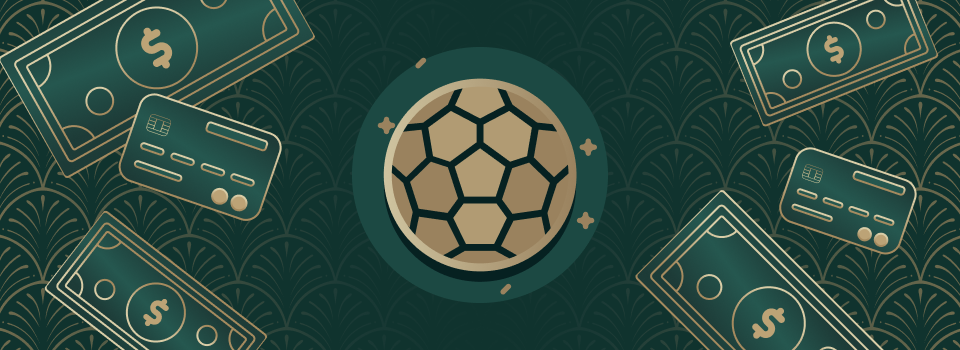How Betting Markets Actually Function
Football betting markets are not static odds tables; they're dynamic, real-time ecosystems driven by liquidity, volume, and sharp money. They operate similarly to decentralized token exchanges, supply and demand dictate prices. When most bets flow toward one outcome, the odds compress. Bookmakers, like market makers in DeFi, adjust lines to balance exposure.
Markets open with initial odds, commonly known as the “sharp line”, set by sportsbook traders who use AI modeling, past data, and expected lineups. But once those odds are public, the real movement begins. Influential betters (think whales in crypto) can push a line with one large stake. Retail traffic trails behind, often getting worse prices.
Types of Available Football Betting Markets
Unlike the overly simplistic bets many newcomers start with, seasoned punters dive into nuanced markets. These include:
Match result (1X2) – Basic win/loss/draw
Asian handicap – Levels the playing field; no draws, pure outcomes
Over/Under goals – Predicts the total number of goals scored
Both teams to score (BTTS) – Popular due to payout consistency
Asian handicap markets, for instance, split your stake on two different outcomes, a common hedge method used by bettors with crypto-style risk tolerance. These markets are closest to how options spread trades work in derivatives.
Live Betting And Volatility Dynamics
In-play or live betting resembles trading on a volatile altcoin. Match stats, momentum swings, or even bad weather can crash or pump the odds instantly. Unlike pre-match betting, you're operating on thin margins with reduced reaction time.
APIs feeding betting platforms update the odds every few seconds. If you understand how latency helps front-run trades on DEXs, you’ll grasp the advantage of faster decision-making. But be wary: one red card or injury can nuke your position.
The current tech-forward platforms now support micro-staking, giving random bettors the illusion of precision. Don't buy it. It's cosmetic, similar to meaningless decimal places on low-volume meme tokens.
Cross-Reference With Other Sports Markets
Understanding football betting is easier when you’ve dabbled in markets like cricket betting, where draw results or rained-out matches create odd liquidity vacuums. Or in horse racing odds, where late scratches influence pricing faster than in football due to reduced participants.
Football has relatively stable markets due to global volume. But unlike esports betting, which can react wildly to player substitutions or ping latency, football’s variables are more publicly known and priced in early.
Responsible Wagering in Volatile Systems
Just as decentralized finance encourages protocol-level safety nets, modern sportsbooks integrate safeguards. Read up on how today’s betting sites engage in responsible gambling practices. They track behavioral patterns, restrict betting streaks, and offer time-based limits.
If you treat betting like crypto scalping, chasing pumps without stop-losses, you’re already on the losing end. Professionals cap their stake, diversify across markets, and follow self-imposed risk models. Don’t just chase odds movement. Understand what fuels it.
Conclusion: Edge Comes From Understanding, Not Guessing
Football betting markets are intricate systems best approached with analytical rigor, not hunches. They're like crypto protocols, you don't YOLO into a contract without reading its audit. Study implied probability, leverage asymmetric outcomes, and maintain emotional detachment.
The modern punter must evolve. Outdated myths and shotgun parlays won’t cut it. Either you grasp the market mechanism, or the market exploits you. There is no middle ground. Embrace data; ignore superstition.
/fit-in/80x80/1683214554/numa-jabara.png)
Numa is a writer who is passionate about everything that is related to gambling. With 5 years of experience in gambling industry, he finds the drive to write about it- all the way from the intricacies of gambling to the latest trends in technology.
Review Credits:
